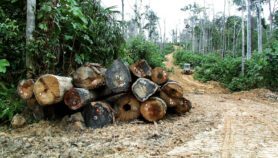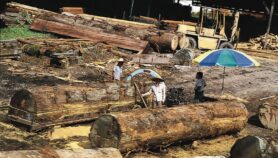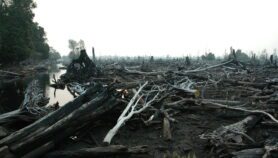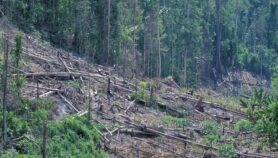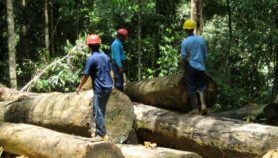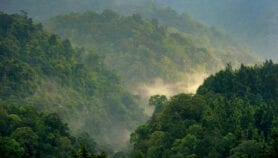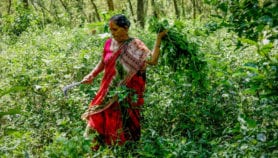15/02/21
Dwarf bamboo stoking forest fires in northeast India
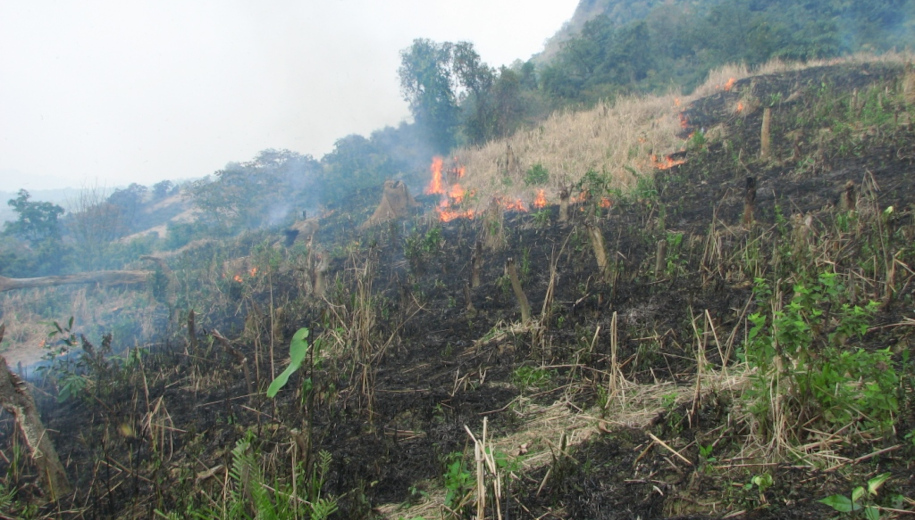
By: Jitendra Choubey
Send to a friend
The details you provide on this page will not be used to send unsolicited email, and will not be sold to a 3rd party. See privacy policy.
[NEW DELHI] Government scientists are calling for management of the invasive dwarf bamboo (Sinarundinaria rolloana) species that play a role in frequent forest fires that threaten the pristine Dzukou valley in northeast India.
The latest of these fires — that started on 29 December and raged for two weeks before it could be brought under control — damaged seven out of the nine ranges in the valley around Mount Iso.
“If the government does not act, forest fires could destroy the whole biodiversity of the valley”
A.A. Mao, Botanical Survey of India
A.A. Mao, director of the Botanical Survey of India, the country’s top taxonomic research organisation, tells SciDev.Net: “If the government does not act, forest fires could destroy the whole biodiversity of the valley.”
Situated at a height of 2,452 metres and spread across 90 square kilometres that straddle the Nagaland and Manipur states, the Dzukou valley was hit by devastating fires in January 2006, January 2010, February 2012, and March 2015. Smaller fires are an annual feature.
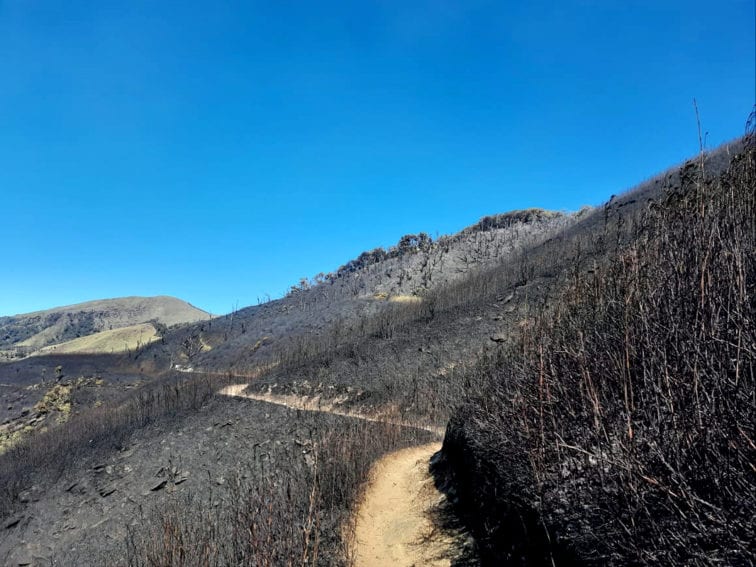
The wildfire at Dzukou valley caused extensive damage. Photo credit: Ketholeno Neihu.
Forest fires are usually set off by careless tourists or by local communities engaged in traditional shifting cultivation (locally known as Jhum) that involves setting fire to patches of forests to make way for crops. Often the fires become uncontrollable with the dwarf bamboo stoking the conflagration.
The leaves of dwarf bamboo dry quickly and become inflammable, says Mao, who conducted a study in 2010 that showed vigorous growth of the invasive shrub in areas burnt out by fires. Spreading like regular grasses, dwarf bamboo invades the burnt spaces, growing to an average of 30 centimetres in height.
Dwarf bamboo has excellent powers of regeneration and outstrips other species of vegetation in areas hit by fires, says Mao. “If such a condition [repeated fires] prevails for a long time, dwarf bamboo will encroach the spaces of other species and eliminate them.”
Local authorities limit themselves to responding to the fires because, in the northeastern states, local communities are in charge of managing the forests, says Dharmendra Prakash, principal chief conservator of forests under the provincial government of Nagaland state.
“In the daytime, bright sunlight makes dwarf bamboo leaves dry and prone to catching fire,” says Prakash. “The local community should come forward to manage this expanding species.”
Most of the Dzukou valley is located in Manipur state where local authorities are only now beginning to be aware of the invasive nature of dwarf bamboos and its role in the frequent fires.
Duna Duo, an administrative officer in the Songsong division of Manipur’s Senapati district, who closely works with the local community, says: “We will soon plan some activities to control it with the help of Mao.”
According to Sapu Changkija, a professor of botany at the Nagaland University, there is a strong correlation between the frequent fires and the influx of thousands of tourists. “Tourists use dry bamboo leaves for cooking at the height of the camping season (October-May) and this invites forest fires,” says Changkija.
A dispute over the ownership of the valley between Manipur and Nagaland states, which share borders with Myanmar, has not helped in drawing up plans to manage the fires or the unhampered growth of the dwarf bamboo.
Traditionally, free-ranging Asiatic elephants feasted on the dwarf bamboo, providing natural control. But, over the last four decades, elephant habitats have shrunk due to developmental activity.
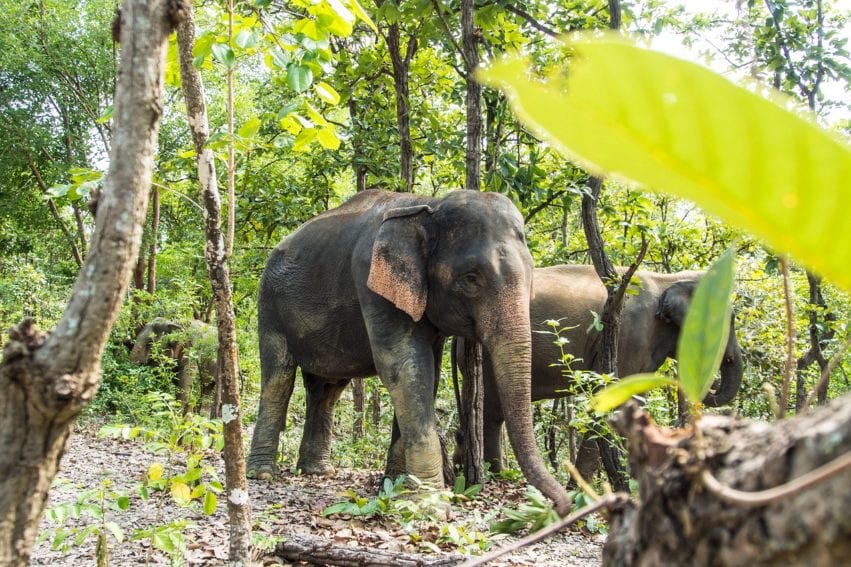


Asian elephant. Image credit: Panupongjeab on Pixabay.
“Hunting of elephants, conversion of forest land for agriculture and increasing populations have chased elephants away from this area, resulting in rapid invasion of the dwarf bamboo,” Changkija tells SciDev.Net.
This piece was produced by SciDev.Net’s Asia & Pacific desk.
*The article was updated on 16 February 2021 to include a photo of the Dzukou Valley devastated by the wildfire.







